Growth in Pediatric Dentistry
The expansion of pediatric dentistry is likely to serve as a significant driver for the Glass Ionomer Cement Market. Glass ionomer cements are particularly favored in pediatric applications due to their ease of use and the ability to bond chemically to tooth structure. As more dental practitioners focus on treating younger patients, the demand for materials that are safe and effective for children is expected to increase. Market analysis suggests that the pediatric dental market is experiencing a growth rate of around 7% annually, which could translate into a higher consumption of glass ionomer cements. This trend indicates a potential for increased market penetration of glass ionomer products in pediatric dental practices, thereby enhancing their overall market presence.
Increasing Geriatric Population
The growing geriatric population is likely to be a crucial driver for the Glass Ionomer Cement Market. As the elderly demographic expands, there is a corresponding rise in dental issues that require effective restorative solutions. Glass ionomer cements are particularly suitable for older patients due to their ability to bond well with tooth structure and their fluoride-releasing properties, which can help in managing caries. Market studies indicate that the geriatric dental care market is projected to grow at a rate of approximately 5% annually, suggesting a rising demand for glass ionomer cements in this segment. This demographic shift may lead to increased utilization of glass ionomer products, thereby enhancing their market presence.
Rising Awareness of Oral Health
The increasing awareness of oral health among consumers appears to be a pivotal driver for the Glass Ionomer Cement Market. As individuals become more informed about the importance of dental care, the demand for effective dental materials, including glass ionomer cements, is likely to rise. This material is known for its biocompatibility and ability to release fluoride, which can help in preventing dental caries. Reports indicate that the dental materials market is projected to grow at a compound annual growth rate of approximately 6.5% over the next few years, suggesting a robust demand for glass ionomer cements as part of preventive dental care strategies. Consequently, this heightened awareness may lead to increased adoption of glass ionomer cements in both restorative and preventive applications.
Regulatory Support for Dental Materials
Regulatory bodies are increasingly supporting the use of innovative dental materials, which may positively impact the Glass Ionomer Cement Market. The approval and endorsement of glass ionomer cements by various health authorities can facilitate their acceptance among dental professionals. This regulatory support is crucial, as it assures practitioners of the safety and efficacy of these materials. Furthermore, the ongoing development of new formulations and applications for glass ionomer cements is likely to be bolstered by favorable regulations. As the dental materials market continues to evolve, the presence of supportive regulatory frameworks may encourage further research and development, potentially leading to enhanced product offerings in the glass ionomer segment.
Technological Innovations in Dental Practices
Technological advancements in dental practices are anticipated to drive the Glass Ionomer Cement Market significantly. Innovations such as digital dentistry and improved application techniques are enhancing the efficiency and effectiveness of glass ionomer cements. These advancements not only streamline the application process but also improve the overall patient experience. The integration of technology in dental practices is expected to grow, with market forecasts indicating a rise in the adoption of digital tools and materials. This trend suggests that dental professionals may increasingly opt for glass ionomer cements due to their compatibility with modern techniques, thereby potentially increasing their market share in the dental materials sector.


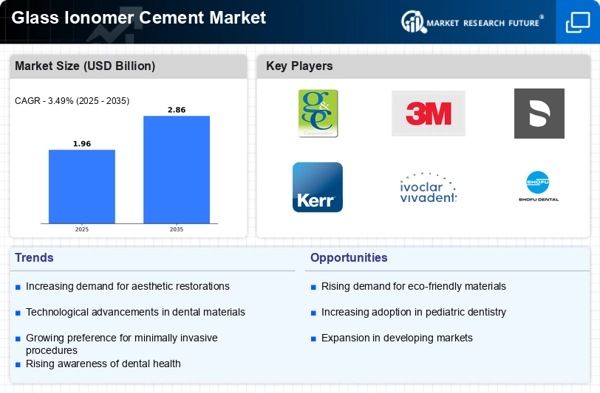


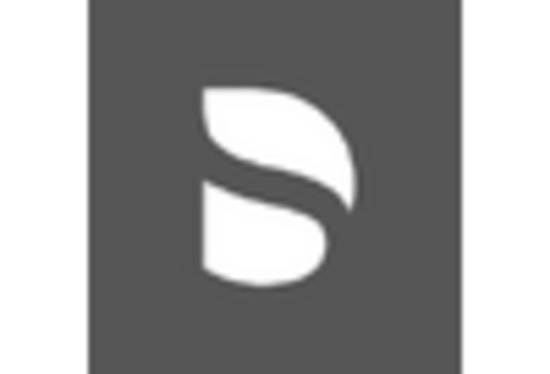
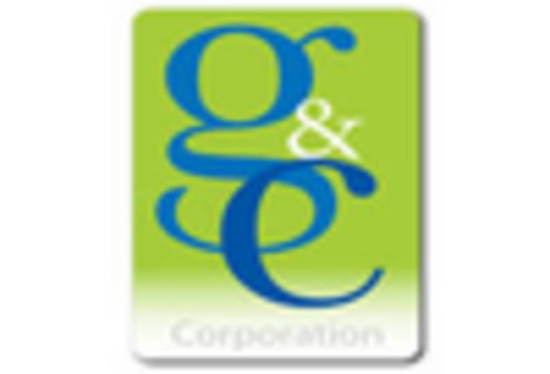

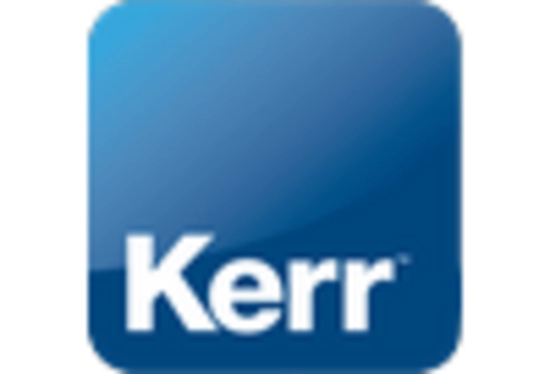
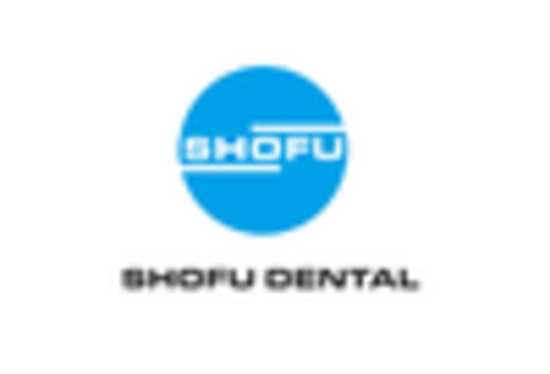








Leave a Comment